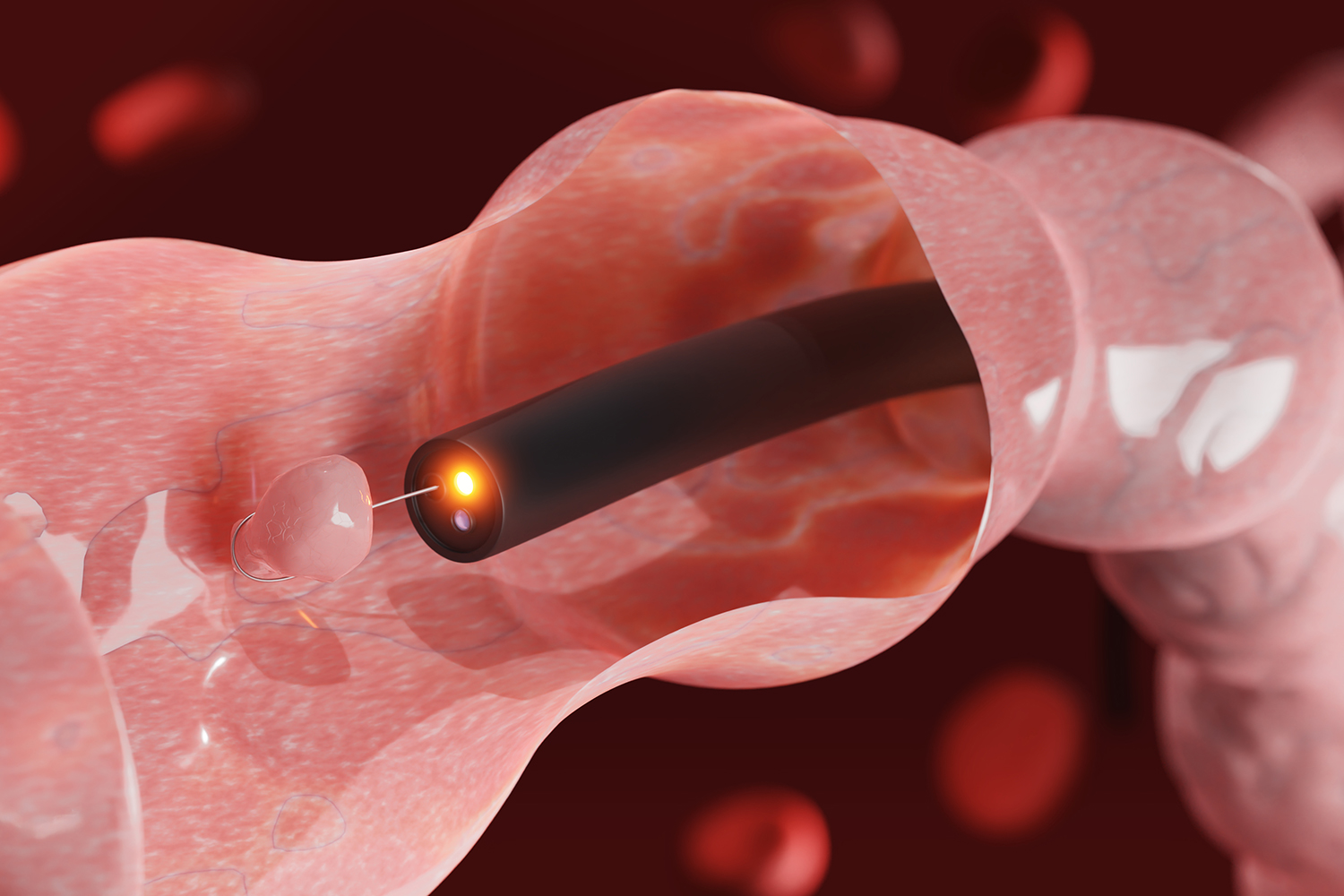Overview
An endoscopy is a procedure used in medicine to look inside the body. The endoscopy procedure uses an endoscope to examine the interior of a hollow organ or cavity of the body. An upper endoscopy is a procedure used to visually examine your upper digestive system with a tiny camera on the end of a long, flexible tube. Unlike many other medical imaging techniques, endoscopes are inserted directly into the organ. The doctor inserts an endoscope into the mouth, down the throat, and into the esophagus to look for tumors or other health problems which can’t be assessed from outside of the body. It is used to diagnose and, sometimes, treat conditions that affect the upper part of your digestive system, including the esophagus, stomach, and beginning of the small intestine.

The practitioner may recommend an endoscopy to investigate the signs that are causing indigestion such as nausea, vomiting, abdominal pain, difficulty swallowing, and gastrointestinal bleeding. On patient’s approval, the doctor may use an endoscope to collect tissue samples, known as biopsy to test for diseases and conditions, such as anemia, bleeding, inflammation, diarrhea, or cancers of the digestive system. After which the doctor passes special tools through the endoscope to treat problems in your digestive system, such as burning a bleeding vessel to stop bleeding, widening a narrow esophagus, clipping off a polyp, or removing a foreign object.
What is the importance of Endoscopic Videos?
A healthcare specialist in diseases of the digestive system known as Gastroenterologist uses an endoscope to diagnose and, sometimes, treat conditions that affect the esophagus, stomach, and beginning of the small intestine – duodenum. An endoscopy is done to visually examine the upper gastrointestinal organs in order to find any abnormalities. It is rather a very safe and effective procedure in the diagnosis and therapy of various gastrointestinal disorders.
There are multiple benefits of having a recommended endoscopy which can be summarized as follows:
- It allows doctors to make a diagnosis – an endoscopy can help identify ulcers, bleeding, celiac disease, blockages, inflammation, and tumors. It can help find the cause of unexplained symptoms, such as heartburn, abdominal pain, bleeding, nausea, vomiting, and pain.
- To treat various gastrointestinal conditions – If certain disorders are found during the procedure, it’s often possible to treat them at the same time. The gastroenterologist can pass special tools through the endoscope to treat problems in the patient’s digestive system, such as removing a foreign object, widening a narrow esophagus, or clipping off a polyp.
- Rather a safe procedure – It is considered one of the safest medical procedures and carries a low level of risk. Rare complications include problems with sedation, bleeding, infection, and perforation, though these complications are generally associated with pre-existing conditions.
- It is a quick procedure – An upper endoscopy takes only about 20 minutes. One will be kept awake during the procedure, but medication will be given for relaxation before the test. Normal recovery is about 30 to 40 minutes after the procedure.
- Painless procedure – The procedure is not usually painful, and most patients only experience mild discomfort, similar to a sore throat or indigestion. Local anesthesia may be given to numb a specific area of your body.
While consultation, it is often seen that the practitioner and the patient tend to be not on the same page, meaning the information that the practitioner provides is often misunderstood by the patients which creates a knowledge barrier between the both. Consultation done via endoscopic videos or animations about various conditions increases patient engagement and knowledge about what can be expected during a medical procedure. Patients feel embarrassed about asking questions like how the procedure will be done, what it will look like, what are the precautions to be taken, why medicine has been prescribed, what side effects to look out for, and what to do if you are experiencing problems. At the time of consultation, important and yet complex medical-related information may take time to understand fully, even for patients with good health literacy.
There are several endoscopic procedures that a healthcare practitioner may recommend such as:
- Bronchoscope – inserted down the trachea (windpipe) to examine the lung.
- Colonoscope – inserted through the anus to examine the colon (bowel).
- Gastroscope – inserted down the esophagus to examine the stomach.
- Duodenoscope – inserted through the stomach into the duodenum to inspect and perform procedures on the bile duct and /or pancreatic duct, called ERCP (Endoscopic Retrograde Cholangio-Pancreatogram).
- Hysteroscope – inserted through the cervix to examine the uterus.
- Cystoscope and ureteroscope – inserted via the urethra to inspect the urinary bladder and ureters.
Good communication with a practitioner makes it more understandable for patients to benefit from their treatment and helps to ensure the best-suited treatment for them which can be done by consulting via endoscopic educational videos.


